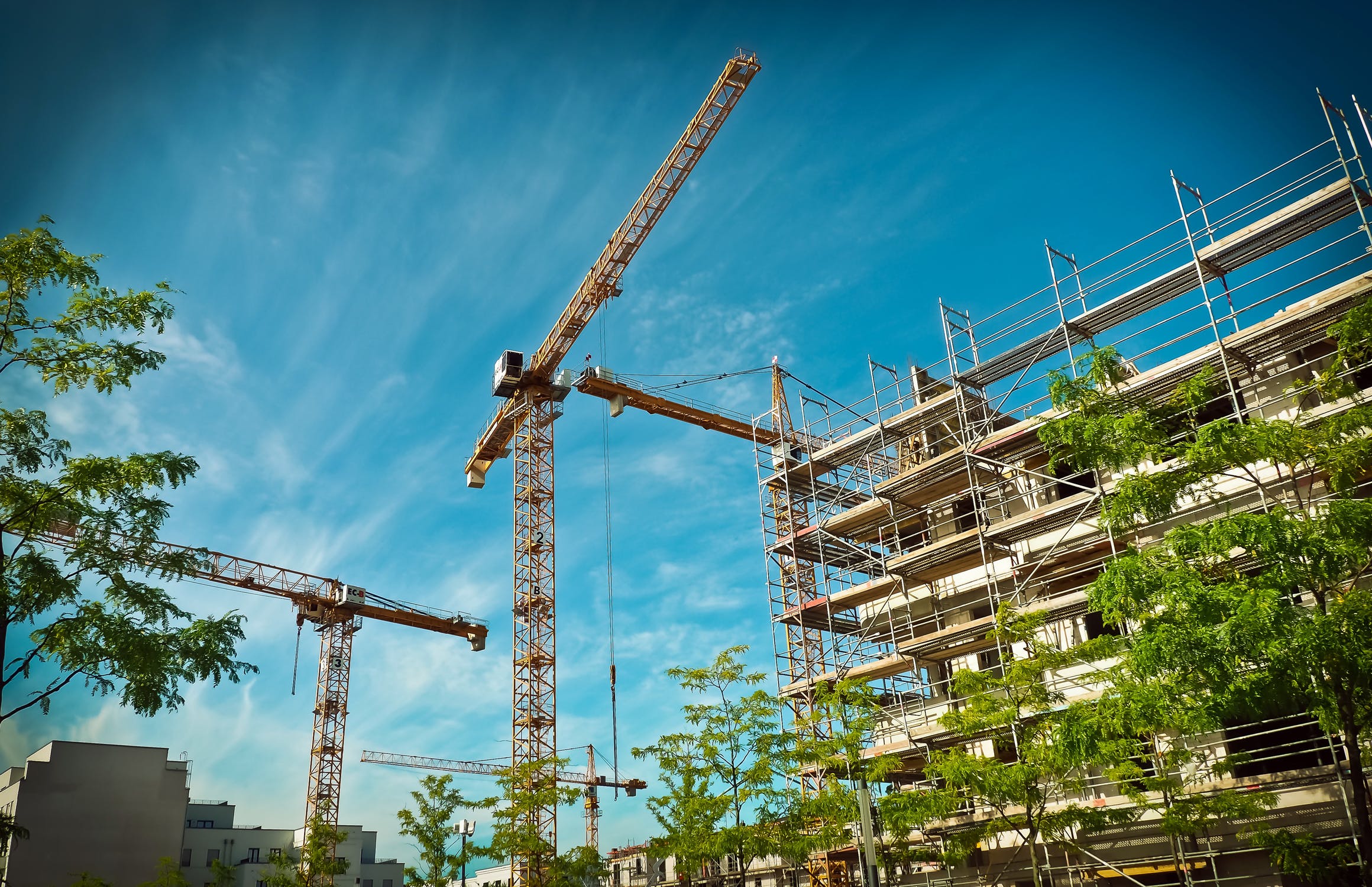How African countries paving ways to promote green building technologies
Green building technologies or green construction is considered a great tool to facilitate growth while concurrently addressing the issues of climate change, job creation and poverty alleviation, as far as the African continent is concerned.

The deterioration of this planet’s natural environment, resources and severe utilization of fossil fuels are definitely unquestionable. Since the advent of industrial revolution, we have obtained an incredible toll for both replaceable and irreplaceable resources through various means. Now the time has come to fix the issue with a noble objective to save the planet for ourselves and future generations. As far as Africa is concerned, the functionality of promoting green building technologies is currently more pronounced as the continent continually experiences rapid expansion in population followed by urbanization. There are a number of motives for building green, including environmental, economic, and social benefits.
Green building technologies often include measures to lessen energy consumption. It often emphasizes taking advantage of renewable resources, for instance, using sunlight through passive solar, active solar, and photovoltaic equipment, generation of electricity through wind power, using plants and trees through green roofs, rain gardens, water conservation, reduction of rainwater run-off to cite a few.
10 African countries are making ways to enhance green building technologies
Among major 10 African countries, Rwanda is competing for an award of USD 1 million under a global competition titled ‘Million Cool Roofs Challenge’ with an objective to accelerate access to affordable, sustainable cooling through rapid deployment of cool roof materials for residential, municipal, and commercial buildings, The New Times recently announced. The contesting nations for USD 1 million award include Kenya, South Africa, Senegal, Rwanda, Niger, Ivory Coast including other countries Indonesia, Bangladesh, Philippines and Mexico.
The competition is an initiative of the Kigali Cooling Efficiency Programme that was created after the Kigali Amendment of the Montreal Protocol was ratified in 2016. The objective was to assist developing countries transition to energy-efficient, climate-friendly and affordable cooling solutions. However, it entered into force on January 1 last year.
According to the Kigali Amendment, nations are committed to reduce the production and consumption of hydrofluorocarbons (organic compounds that contain fluorine and hydrogen atoms, and are the most common type of organofluorine compounds) by over 80 percent in the next 30 years. According to the experts, this effort has the potential to shun up to 0.4 degree Celsius of global warming by the completion of 21st century.
Green building technologies or green construction is considered a great tool to facilitate growth while concurrently addressing the issues of climate change, job creation and poverty alleviation, as far as the African continent is concerned. Not all, only some African countries are observed taking vital steps towards a large-scale and long-term transformation of how buildings and cities are being built.
Green building market witnesses rapid growth
The global green building market has seen a continuous rise in the past few years and is projected to grow even further till 2025. A new report has revealed that the global green building materials market is expected to at a CAGR of 12 percent till 2022. The market will be worth USD 377,029 million by 2022 compared to USD 171,475 million in 2015.
The reasons behind this rapid growth are the absolute chances of reducing the negative impacts of buildings on human health and the environment through better site selection, construction, design, maintenance, and removal throughout the complete life cycle of the green building material. But unfortunately, the cost associated with the construction of green buildings is more than that for normal buildings. The market actually seeks significant growth attributing to stringent regulations adopted by the governments by shifting focus towards green building technologies. On the other hand, endeavours by varied NGOs and societies to augment awareness about the adoption of sustainable technology will surely drive the green building market in the future.
(Disclaimer: The opinions expressed are the personal views of the author. The facts and opinions appearing in the article do not reflect the views of Devdiscourse and Devdiscourse does not claim any responsibility for the same.)
Also Read: SDG 3: Is midwife profession a dying phenomenon?
- FIRST PUBLISHED IN:
- Devdiscourse










